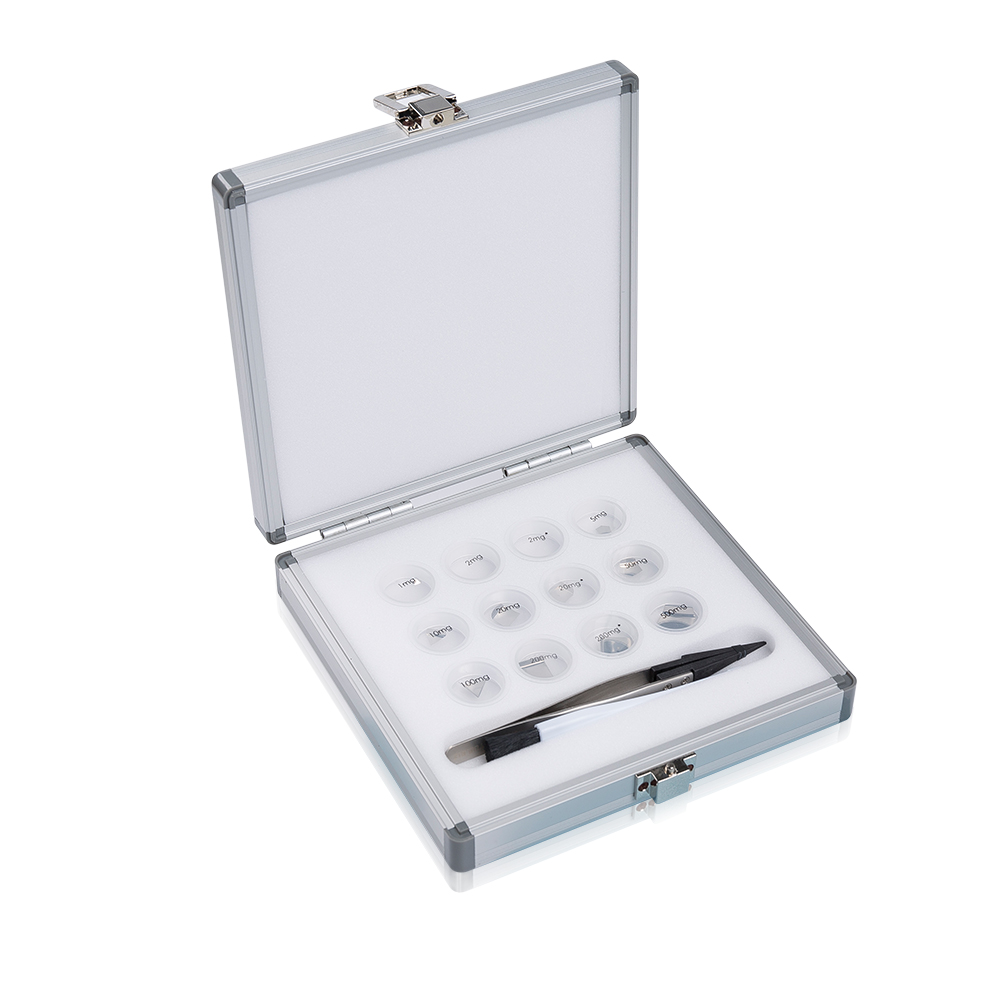The choice of materials for laboratory calibration weights significantly affects their long-term accuracy. Here are the key factors that influence this relationship:
Thermal Expansion and Stability:
Stainless Steel: Stainless steel is commonly used due to its low thermal expansion coefficient, meaning it experiences minimal dimensional changes with temperature fluctuations. This stability helps maintain long-term accuracy.
Aluminum: While lighter and easier to handle, aluminum has a higher thermal expansion coefficient than stainless steel, making it more susceptible to changes in temperature, which can affect accuracy.
Brass: Brass also has a relatively low thermal expansion coefficient but is more prone to corrosion, which can impact its stability over time.
Corrosion Resistance:
Stainless Steel: Highly resistant to corrosion, making it suitable for long-term use in various environmental conditions without significant degradation.
Brass: Moderate resistance to corrosion but can tarnish over time, which may require regular maintenance to ensure accuracy.
Iron: Cast iron weights can corrode if not properly protected, leading to changes in mass and surface degradation.
Mechanical Durability:
Stainless Steel: Strong and durable, resistant to wear and deformation, making it a reliable material for high-precision weights.
Aluminum: Softer and more prone to scratches and dents, which can affect the weight's surface and accuracy over time.
Brass: Durable but can deform under heavy use or impact, potentially affecting long-term accuracy.

Surface Finish:
Stainless Steel: Can achieve a very smooth and stable surface finish, reducing the risk of contamination and ensuring consistent accuracy.
Brass: Also capable of a smooth finish but requires more frequent polishing and maintenance to prevent tarnishing.
Aluminum: Typically has a less smooth finish compared to stainless steel, which may affect precision at very high accuracies.
Mass Stability:
Stainless Steel: Known for its stability in mass over time, making it ideal for high-precision calibration weights.
Brass: Generally stable but can experience slight changes in mass due to oxidation and surface wear.
Aluminum: Less stable in terms of mass retention compared to stainless steel, especially in environments with varying temperatures and humidity.
Magnetism:
Stainless Steel: Non-magnetic grades (e.g., austenitic stainless steels) are preferred for calibration weights to avoid interference with electronic balances.
Brass and Aluminum: Both are non-magnetic, making them suitable alternatives where magnetism is a concern.
Cost and Practicality:
Stainless Steel: Generally more expensive but offers the best combination of stability, durability, and resistance to environmental factors.
Aluminum: Less expensive and easier to handle due to its lighter weight but less durable and stable.
Brass: Intermediate in cost, offering good accuracy and resistance to corrosion but requiring more maintenance.
The long-term accuracy of laboratory calibration weights is largely influenced by the material's thermal stability, resistance to corrosion, mechanical durability, surface finish, mass stability, magnetism, and overall cost-effectiveness. Stainless steel is often the preferred material due to its superior properties in maintaining accuracy and stability over time, despite being more costly. Brass and aluminum can be used for specific applications where their properties align with the required precision and environmental conditions. Regular maintenance and appropriate handling practices are essential for all materials to ensure sustained accuracy.

 English
English















